Turnstile access control systems utilize various authentication methods to ensure secure and convenient entry. These systems are essential for regulating the flow of people in and out of restricted areas, providing both security and operational efficiency. The choice of authentication method can depend on the specific security needs, user convenience, and the environment in which the turnstile is installed. Here are some common methods:
Card Scan Control
Users are provided with RFID or NFC cards that they scan at the reader mounted on the turnstile. Upon successful authentication, the turnstile allows access. This is widely used in office buildings and secure facilities.

Face Recognition Control
Cameras capture the user's face and compare it with stored images to authenticate entry.

QR Code & Barcode Scan Control
Users present a QR code or barcode, typically displayed on a mobile device or printed on a ticket, to a scanner. This is common in event venues and transportation hubs.

Push & Release Button Control
A simple and cost-effective method where users press a button to gain entry. This is often used in low-security areas or in combination with other authentication methods.
Release Button Access Control
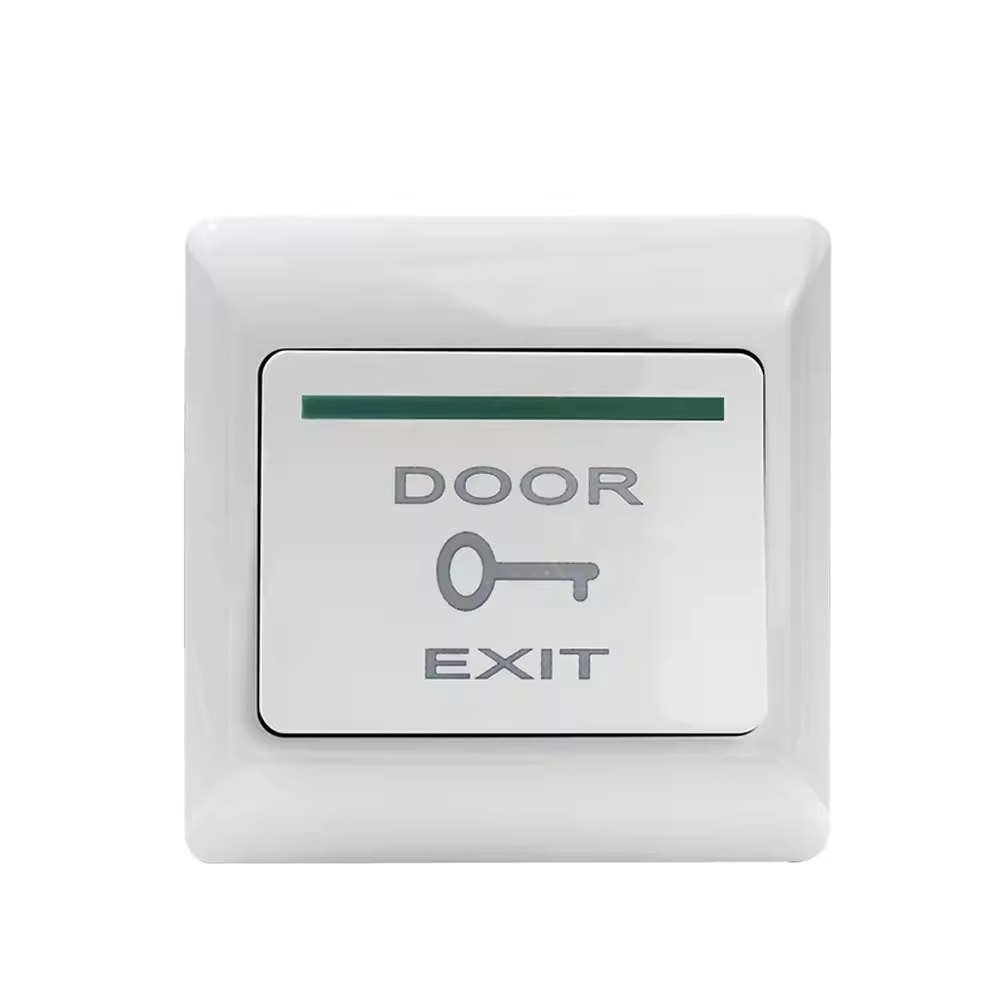
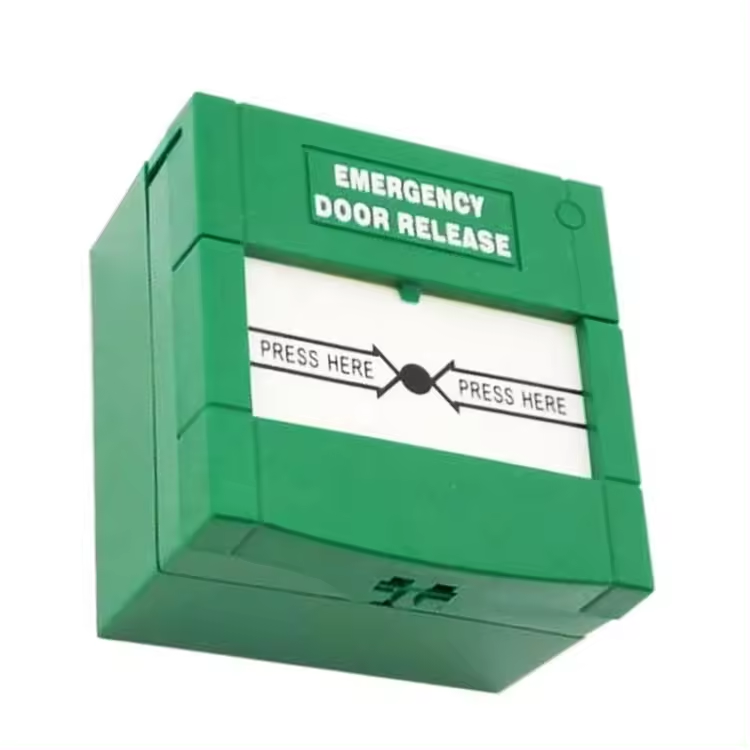
Hand Remote & Desk Remote Control
Security personnel can grant access remotely using a control panel or software interface. This is often used in conjunction with video surveillance.


Card Insert Control
Users insert a card into a slot on the turnstile. The system reads the card and, upon successful authentication, grants access. This method is often used in transportation systems and older access control systems.


Iris Scan Control
The turnstile scans the user's iris, a unique biometric marker, to grant access.


Finger Print Control
Users place their finger on a fingerprint scanner. The system compares the fingerprint with stored data to grant access.


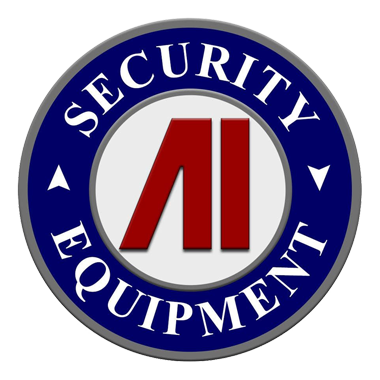
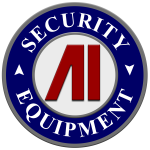 Parking System
Parking System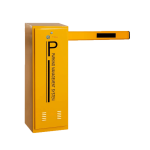 Barrier Boom
Barrier Boom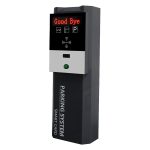 Card Dispenser
Card Dispenser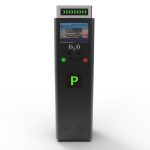 Ticket Dispenser
Ticket Dispenser Lpr Camera
Lpr Camera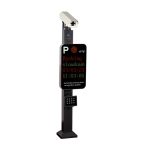 Alpr Equipment
Alpr Equipment RFID UHF Reader
RFID UHF Reader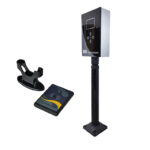 Bluetooth Reader
Bluetooth Reader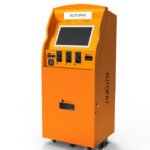 Auto Payment Machine
Auto Payment Machine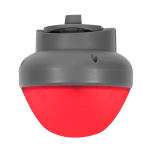 Parking Guardian System
Parking Guardian System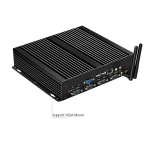 Industrial Mini Computer
Industrial Mini Computer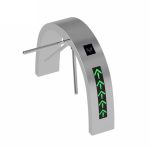 Tripod Turnstile
Tripod Turnstile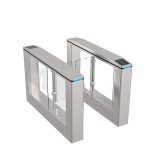 Speed Lane Gate
Speed Lane Gate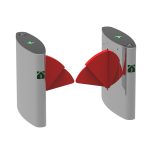 Flap Type Turnstile Gate
Flap Type Turnstile Gate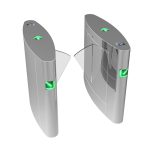 Turnstile Gate For Kindergarten
Turnstile Gate For Kindergarten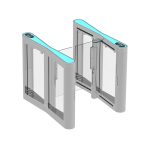 Sliding Gate
Sliding Gate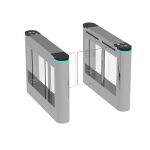 Swing Turnstile Gate
Swing Turnstile Gate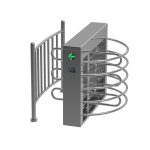 Half Height Turnstile Gate
Half Height Turnstile Gate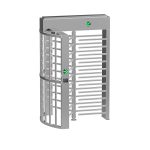 Full Height Turnstile Gate
Full Height Turnstile Gate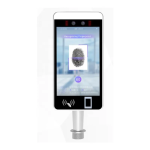 Face Recognition Camera
Face Recognition Camera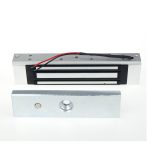 Magnetic lock system
Magnetic lock system Access Cloud System
Access Cloud System Cabinet access control
Cabinet access control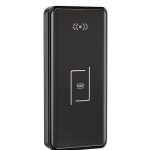 Cabinet Lock
Cabinet Lock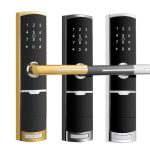 Smart Lock System
Smart Lock System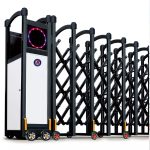 Aluminium Folding Gate
Aluminium Folding Gate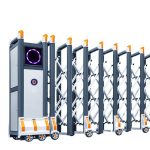 Folding Gate
Folding Gate Industrial Gate
Industrial Gate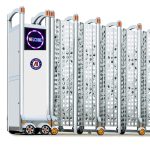 Stainless Steel Gate
Stainless Steel Gate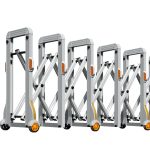 Manual Gate
Manual Gate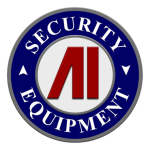 Automatic Gate Opener
Automatic Gate Opener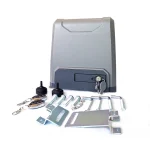 Sliding Gate Opener
Sliding Gate Opener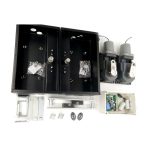 Swing Gate Opener
Swing Gate Opener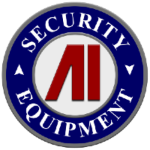 Walk Through Metal Detector
Walk Through Metal Detector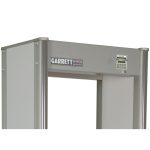 American Brand – Garrett
American Brand – Garrett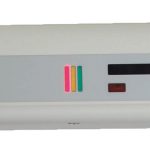 American Brand – Rapiscan
American Brand – Rapiscan Italy Brand – CEIA
Italy Brand – CEIA Hong Kong Brand
Hong Kong Brand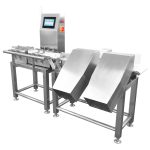 Needle Metal Detector
Needle Metal Detector Under Vehicle Inspection
Under Vehicle Inspection Hand Held Detector
Hand Held Detector American Brand – Garrett
American Brand – Garrett Italy Brand – CEIA
Italy Brand – CEIA X-Ray Luggage & Baggage Scanner
X-Ray Luggage & Baggage Scanner American Brand – Rapiscan
American Brand – Rapiscan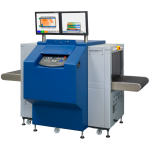 American Brand – Smiths Detection
American Brand – Smiths Detection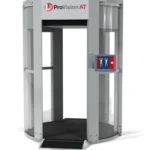 Security Full Body Scanner
Security Full Body Scanner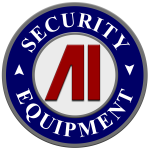 Card||Printer||Wrist-Band
Card||Printer||Wrist-Band IC Card
IC Card PVC Card
PVC Card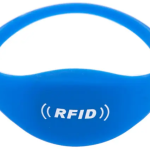 RFID Wristband
RFID Wristband Card Printer
Card Printer Hydraulic Rising Bollard
Hydraulic Rising Bollard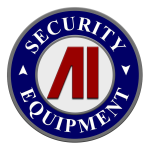 Shrink Wrapping Machine
Shrink Wrapping Machine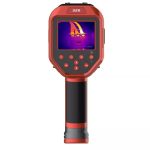 Camera Infrared Thermal
Camera Infrared Thermal